Big cats are among nature’s most efficient predators, equipped with unique adaptations that aid them in hunting and capturing prey. These majestic creatures, including lions, tigers, leopards, and cheetahs, dominate various habitats across the globe. Understanding their hunting techniques provides insight into their survival strategies and the ecological role they play in their respective environments.
The Anatomy of a Predator
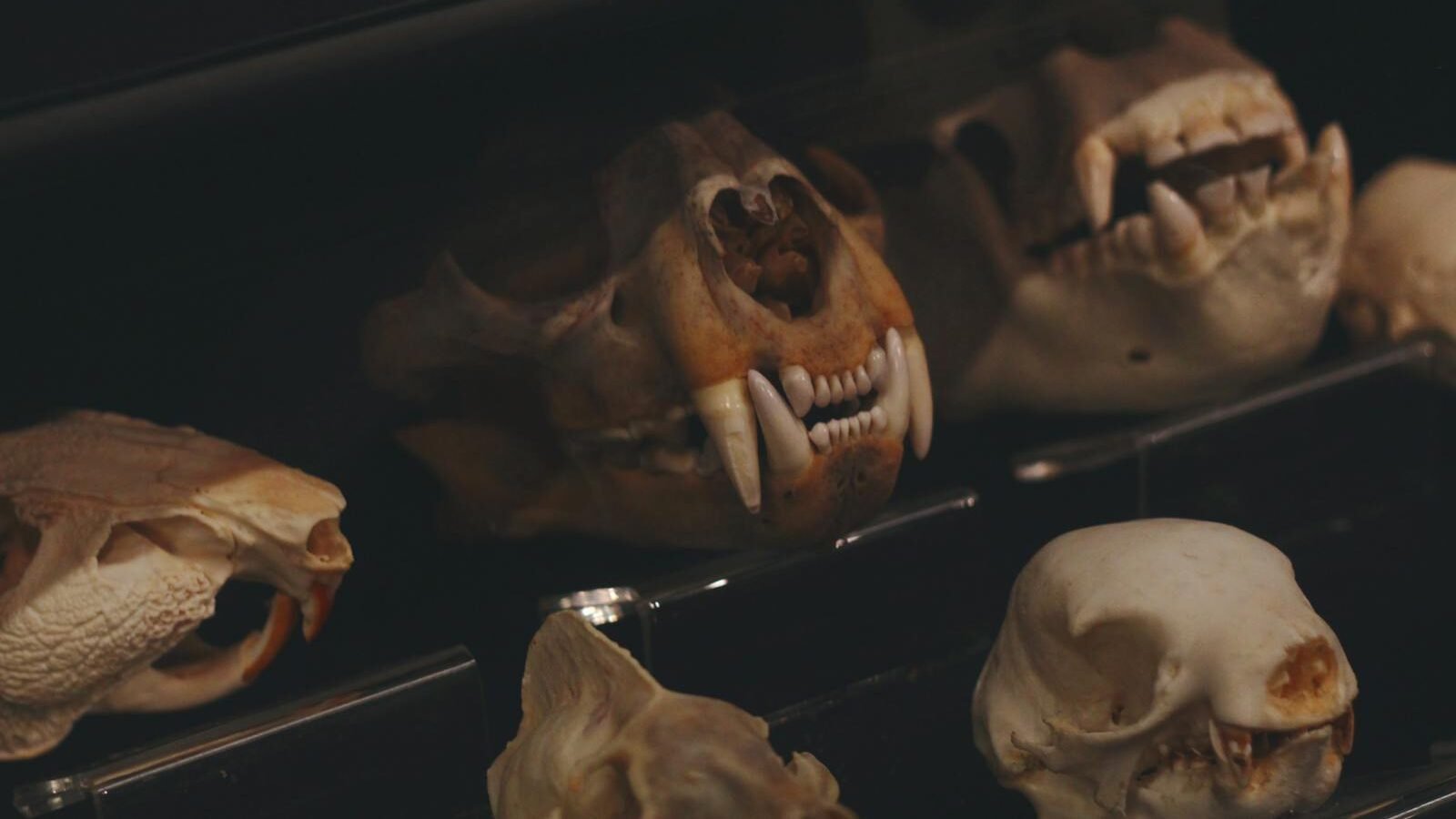
Big cats possess certain anatomical features that make them formidable hunters. Their retractable claws, powerful jaws, keen vision, and muscular build are all essential tools for stalking and capturing prey. These physical adaptations vary slightly among species, each evolutionarily tuned to their specific habitat and prey types.
Stealth: The Key to Successful Stalking
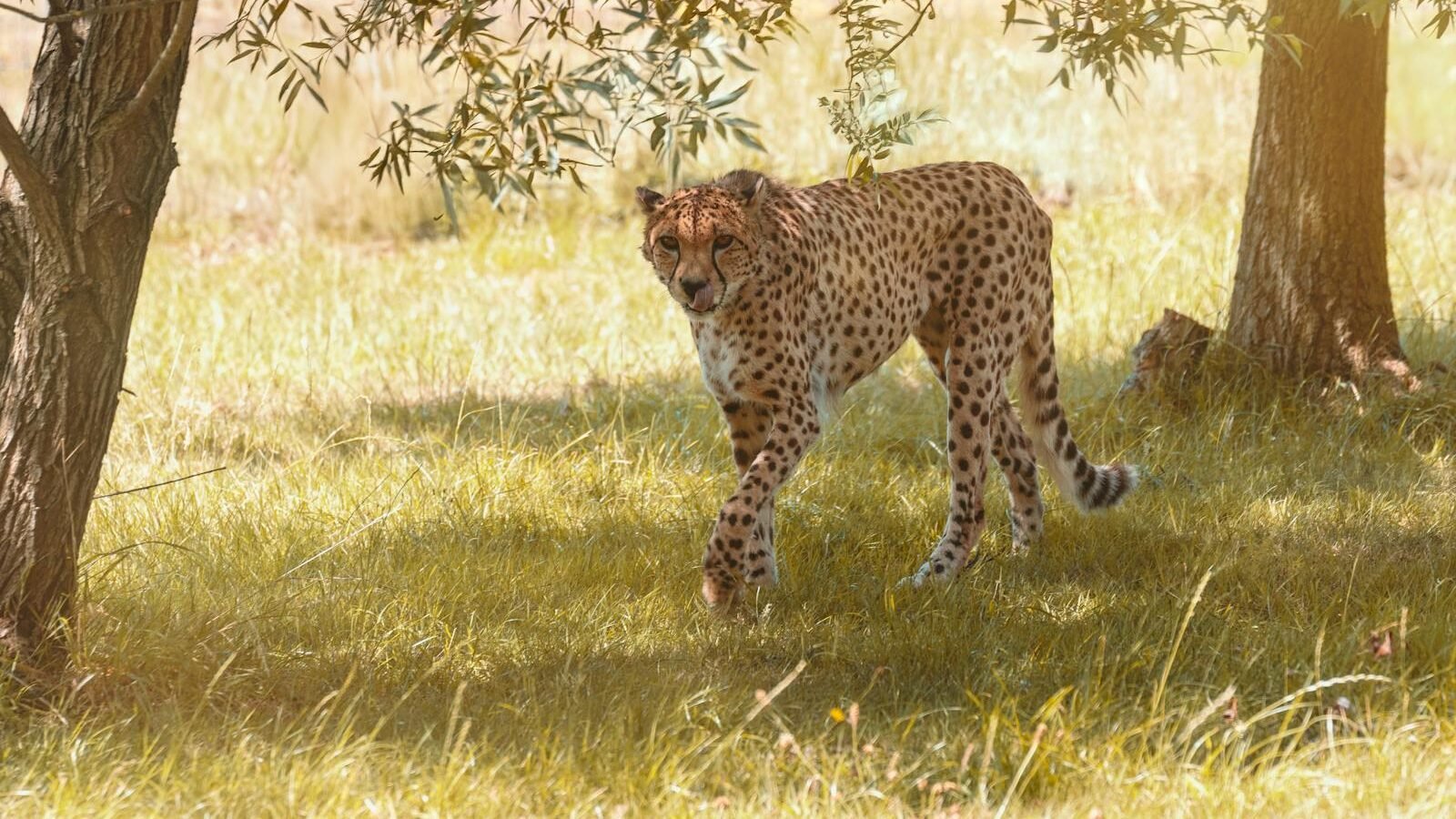
Photo by Bob Jenkin via Pexels
Stealth is a crucial component of a big cat’s hunting arsenal. These predators rely on their ability to remain unseen and unheard as they close in on their prey. In dense jungles, for instance, tigers use their striped coats as camouflage, blending seamlessly with the vertical lines of bamboo and grass. In contrast, the tawny coats of lions serve a similar purpose amidst the golden savannas of Africa.
Vigilance and Patience in the Hunt
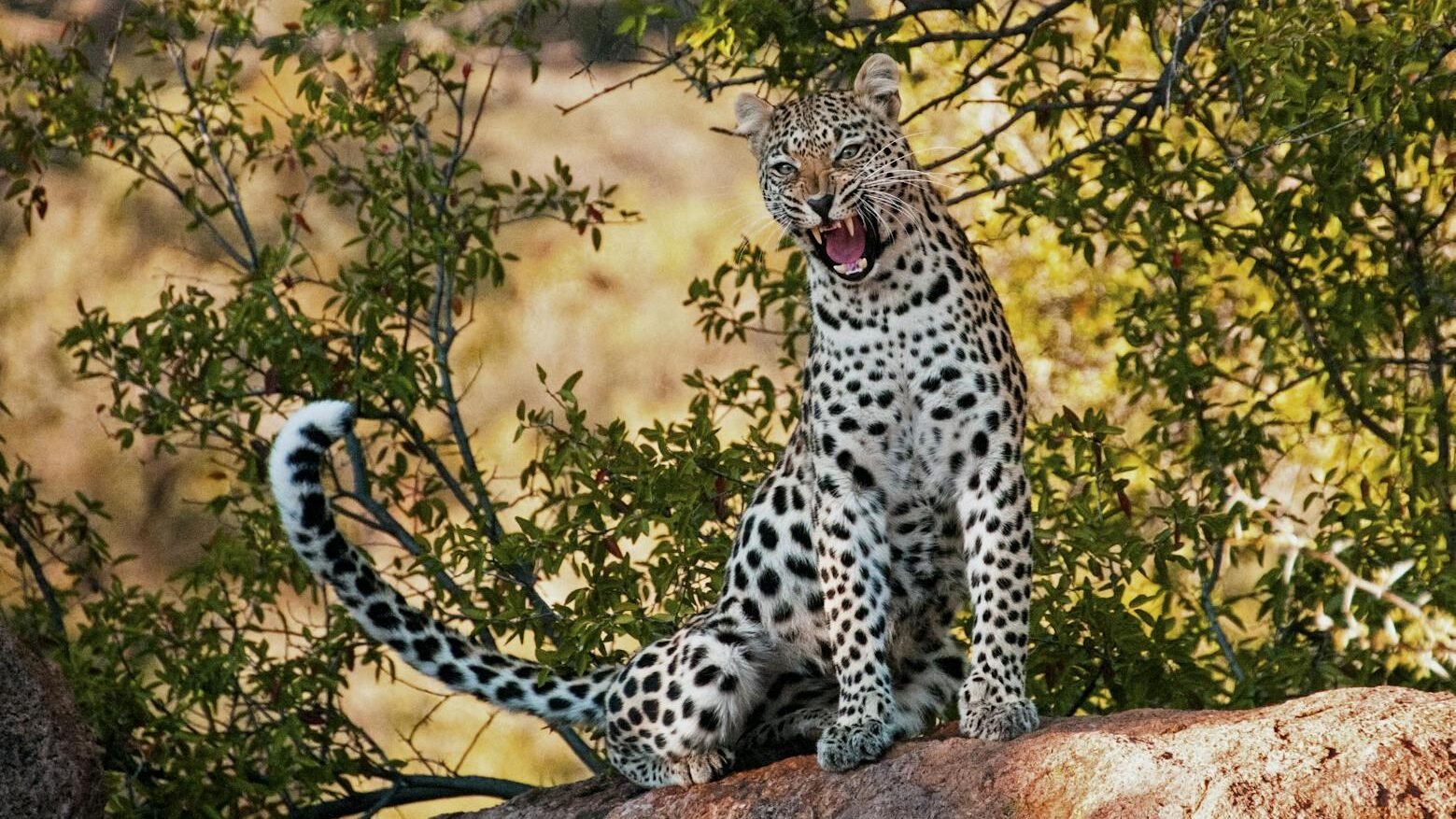
Photo by Pixabay via Pexels
Big cats are known for their remarkable patience. Often, they spend hours observing potential prey, waiting for the perfect moment to strike. This vigilance allows them to identify weak or isolated individuals, increasing the chances of a successful hunt. This patient approach minimizes energy expenditure and maximizes the payoff.
Habitat-Specific Hunting Techniques
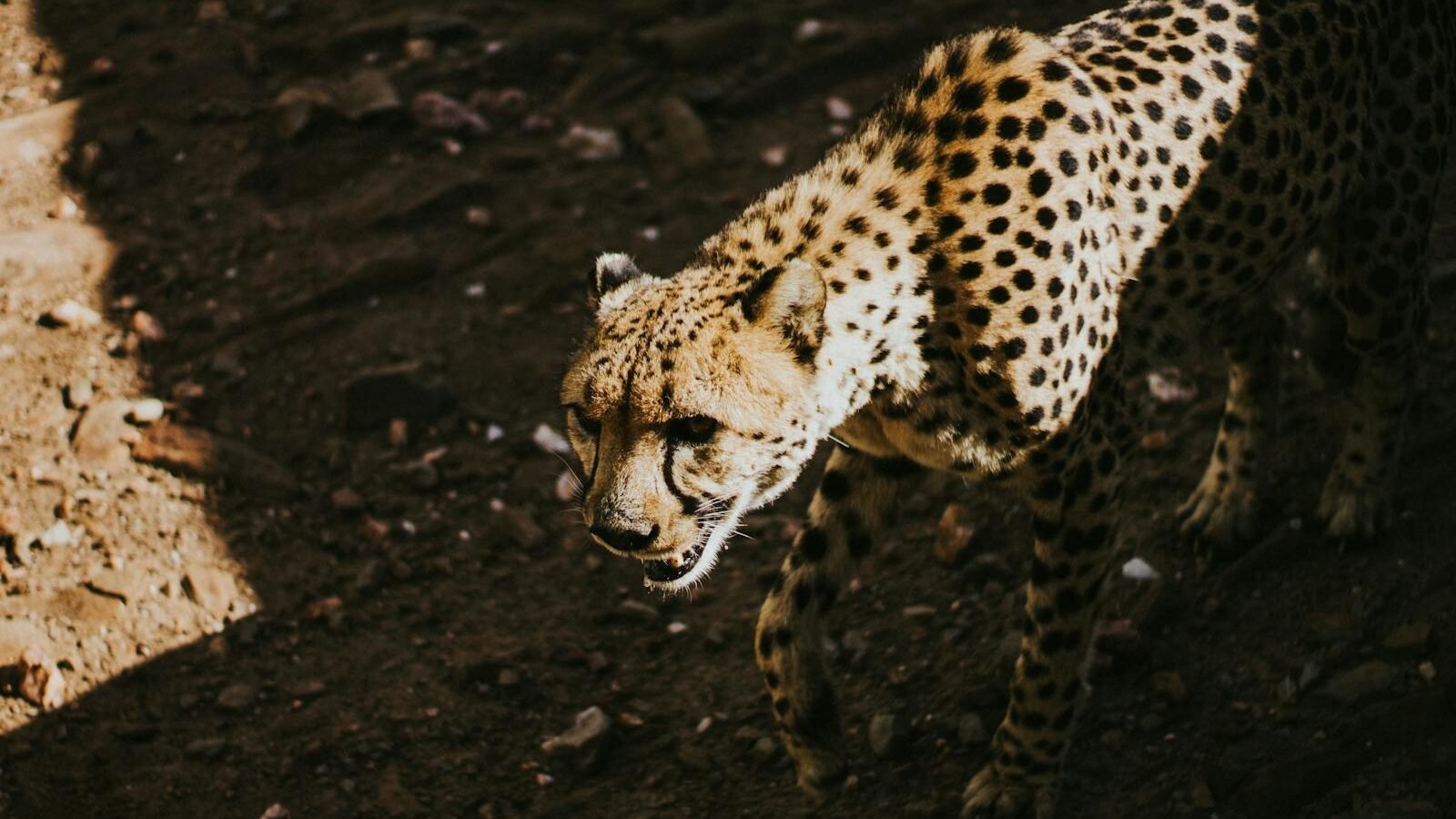
Different habitats necessitate different hunting techniques, tailored to the environment and available prey. For example, snow leopards in the rugged terrains of the Himalayas rely on ambush strategies, taking advantage of their ability to blend in with rocky outcrops. In contrast, cheetahs use their incredible speed to chase down prey across open plains.
Cooperative Hunting: Lions of the Savanna
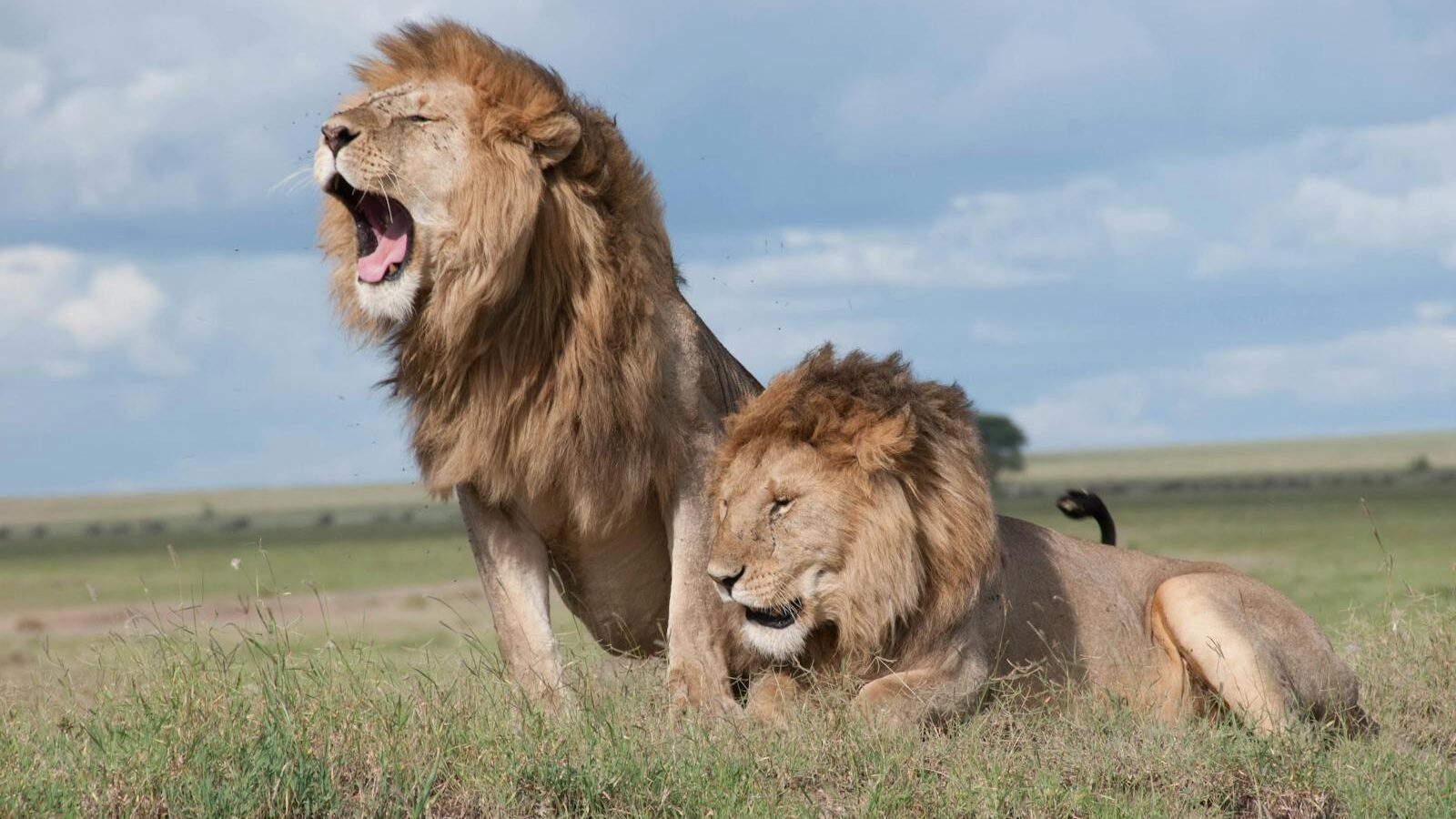
Photo by Iurii Ivashchenko via Pexels
Lions are unique among big cats for their social structure, often hunting in prides. This cooperation allows them to take down larger and more formidable prey such as buffalo or giraffe. By coordinating their attacks, lions can effectively trap and tire their prey, increasing the likelihood of a successful hunt.
The Role of Speed and Agility in Cheetahs
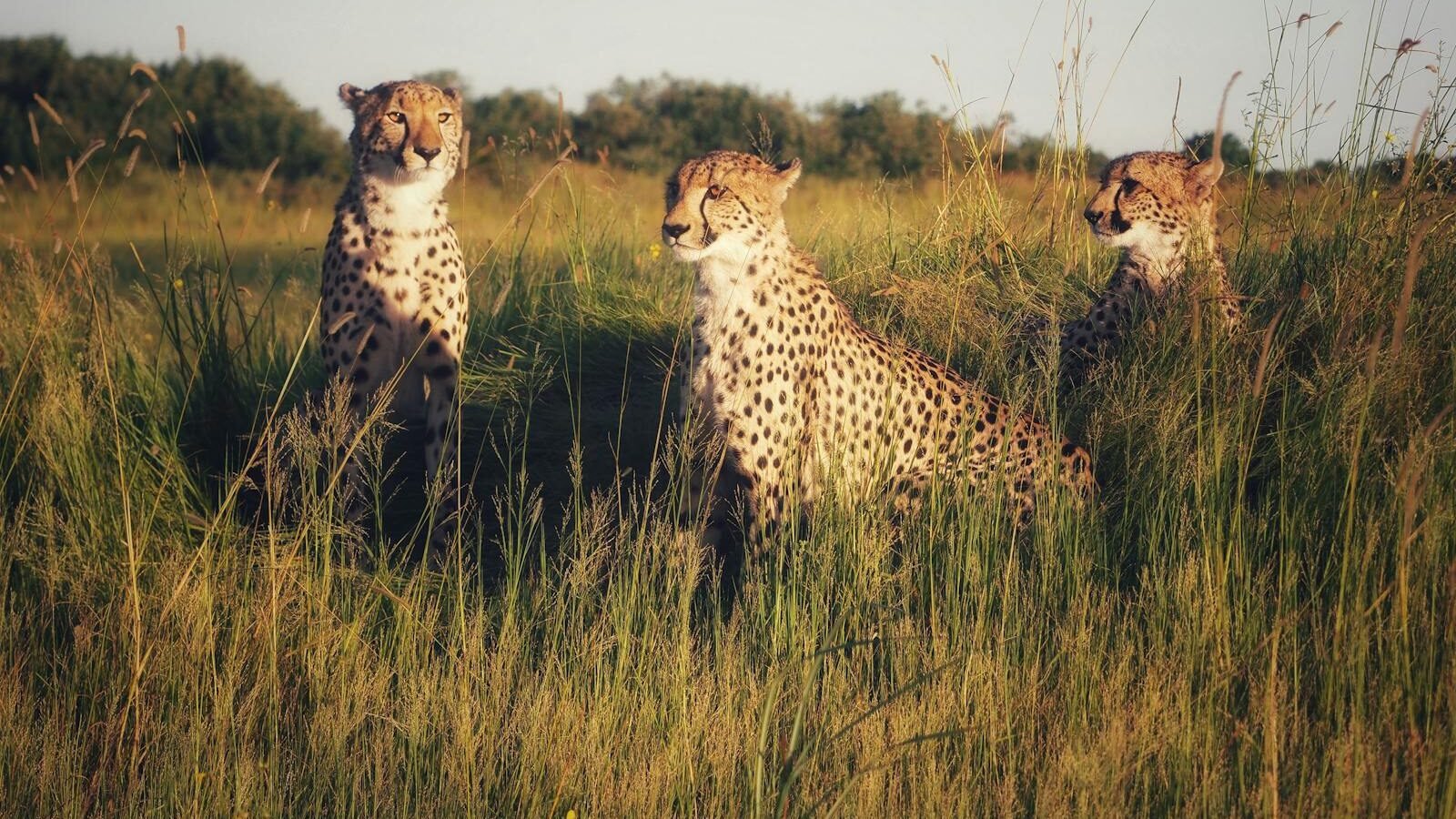
Cheetahs are renowned for their unparalleled speed, making them exceptionally adept at pursuits. Reaching speeds of up to 70 mph, cheetahs rely on their acceleration rather than prolonged chases. Their lightweight frames and long legs enable these bursts of speed, allowing them to overtake swift prey like gazelles.
Tigers: Masters of Ambush in Dense Jungles
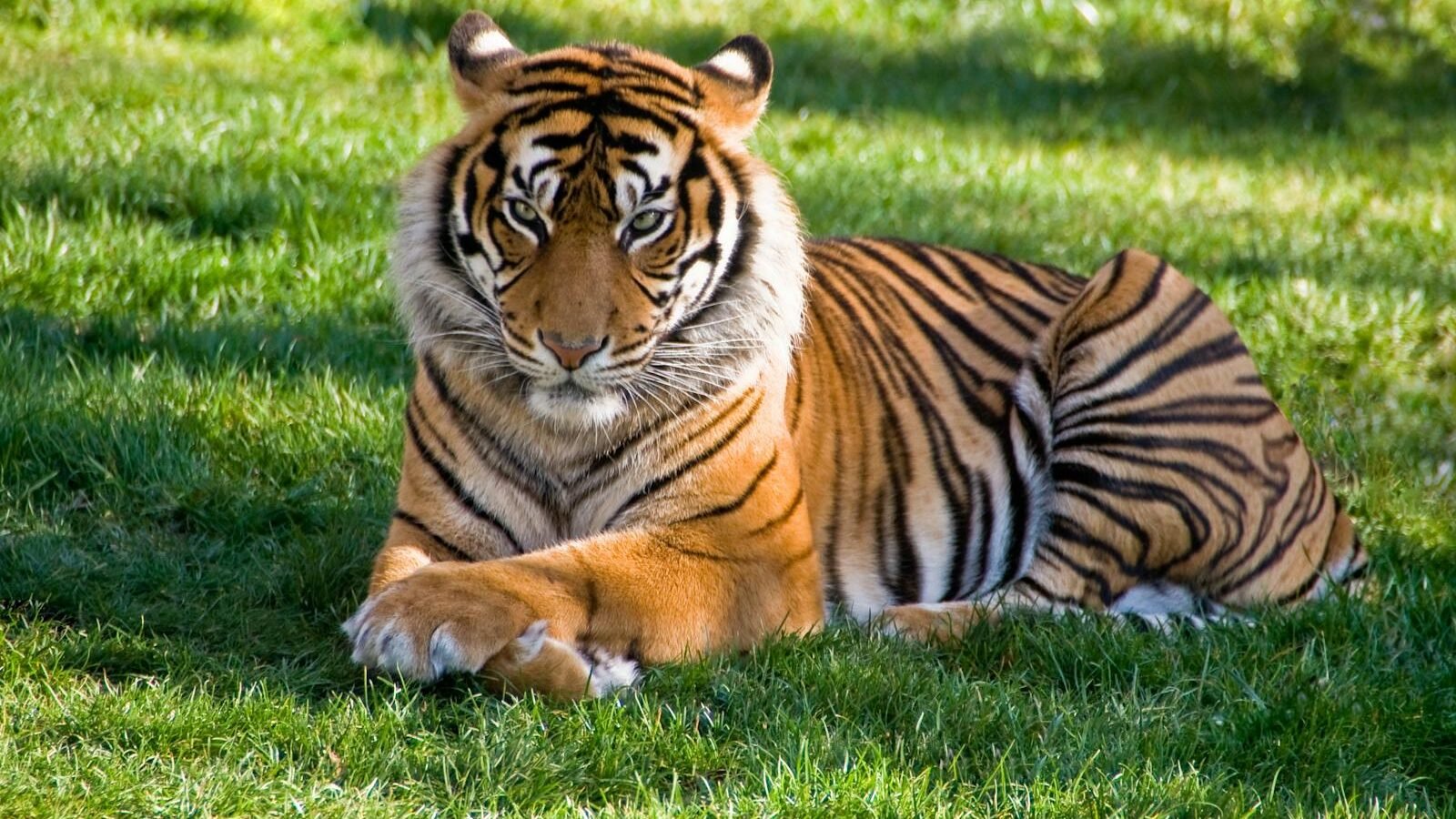
Photo by Jose Almeida via Pexels
Tigers, the largest of the big cats, are solitary hunters that excel at ambush tactics. They rely heavily on their keen sense of smell and exceptional hearing to locate prey. In the thick jungles of Asia, tigers silently stalk their prey, exploiting natural cover until they are close enough to make a decisive pounce.
Leopards: The Versatile Predators
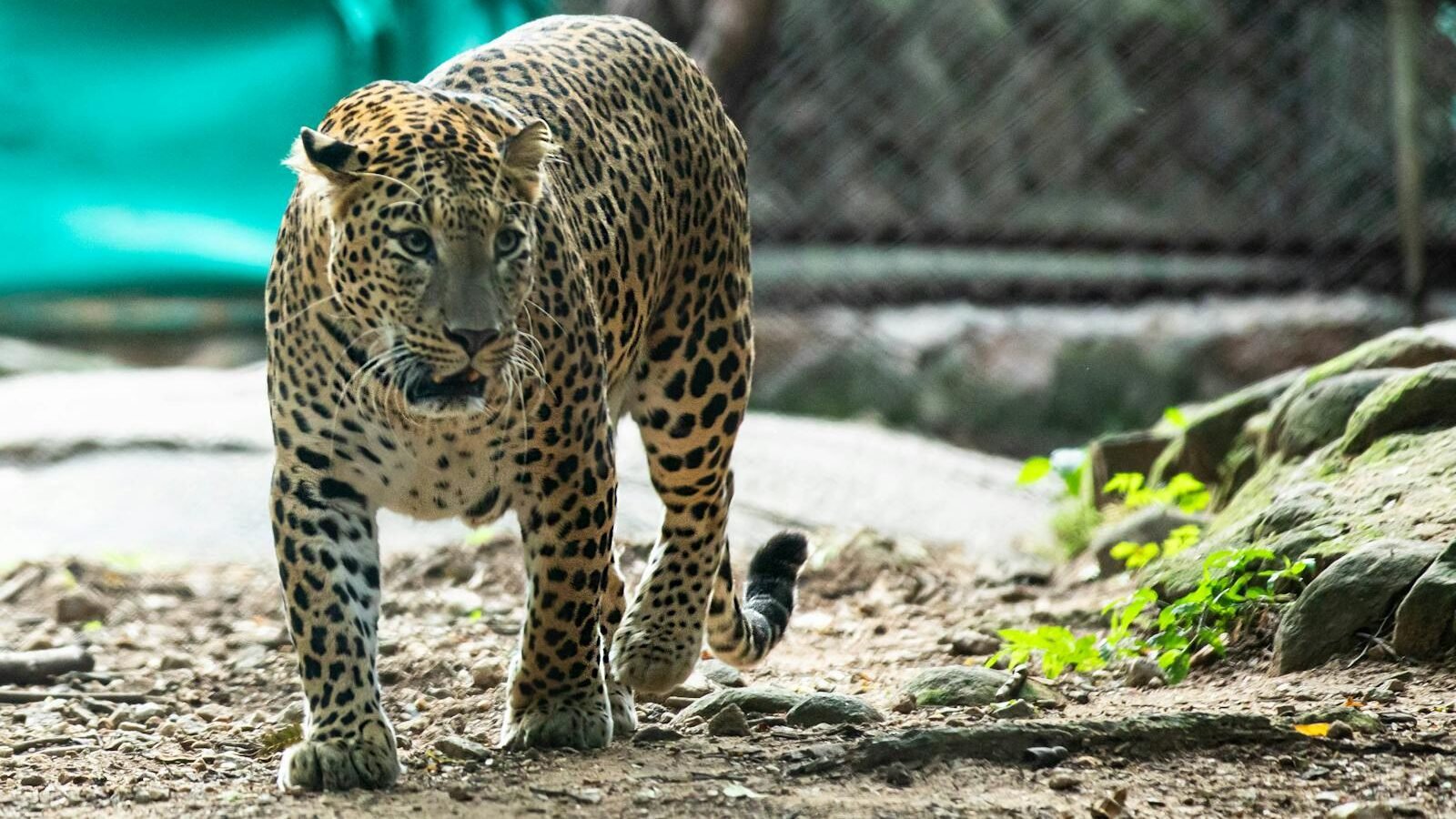
Leopards are known for their adaptability, inhabiting a variety of environments from forests to savannas, and even urban areas. Their ability to climb trees grants them a unique advantage, allowing them to ambush from above or safely store their catch away from scavengers. This versatility makes leopards one of the most widespread big cat species.
Risks and Challenges in Stalking Prey

Photo by Photo By: Kaboompics.com via Pexels
Despite their prowess, big cats face numerous challenges when hunting. Prey animals have evolved to detect and evade predators, developing sharp senses and escape strategies. Weather conditions, human interference, and habitat loss further complicate hunting efforts for these majestic animals, affecting their survival.
Conservation Implications and Final Thoughts
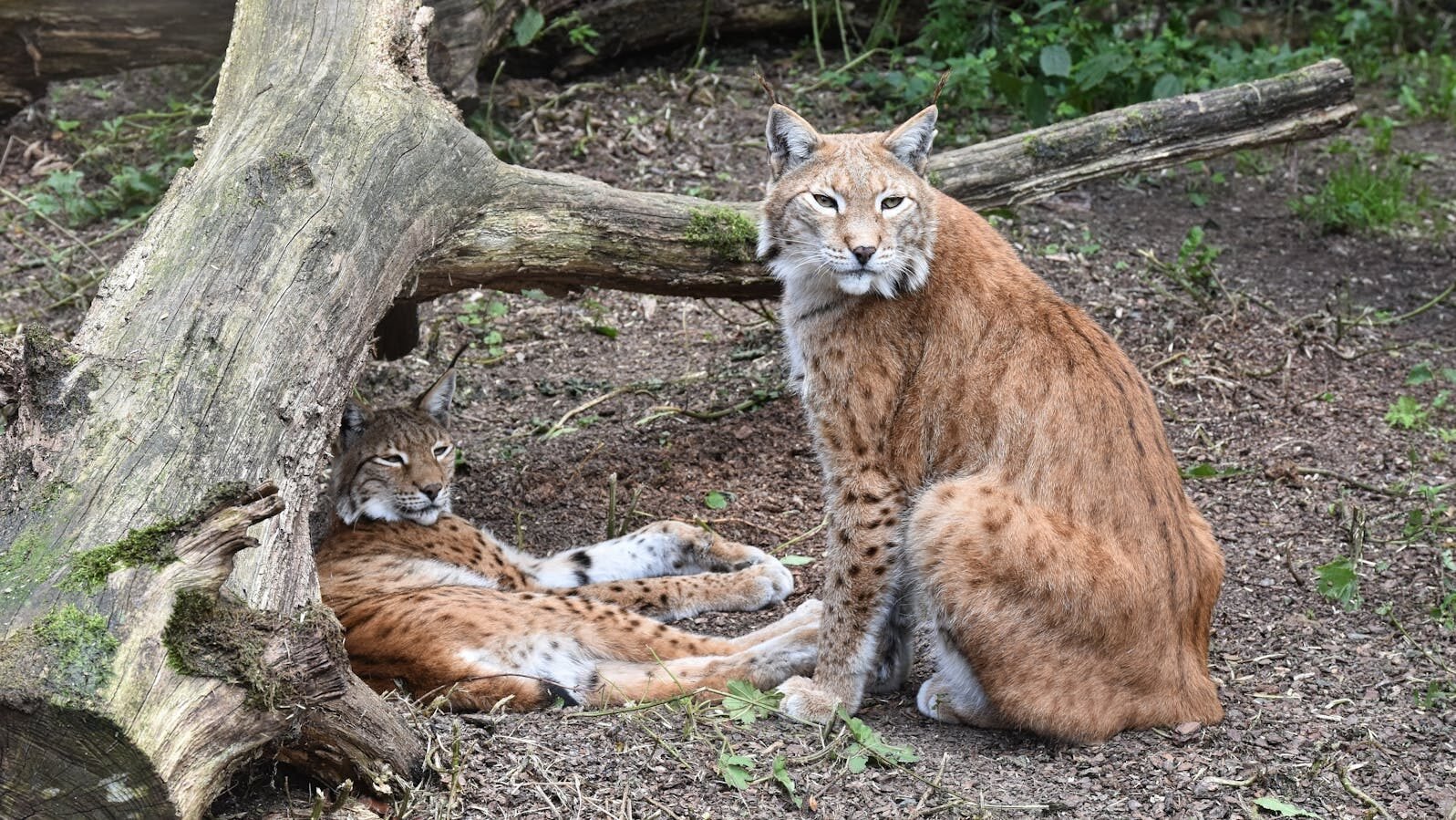
Understanding how big cats hunt and capture prey helps in developing effective conservation strategies. Protecting these apex predators is crucial, as they play a vital role in maintaining the balance of ecosystems. By safeguarding their habitats and reducing human-wildlife conflicts, we can ensure that these incredible hunters continue to roam the wild for generations to come.

With over a decade of experience as a dedicated cat lover and enthusiast, I specialize in writing captivating content about all things feline. My expertise shines through in creating engaging and informative pieces that resonate with fellow cat lovers. As a proud cat parent to my beloved Duston, my personal connection to the world of cats adds authenticity and warmth to my work, making it relatable and heartfelt.






